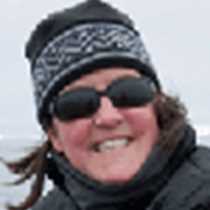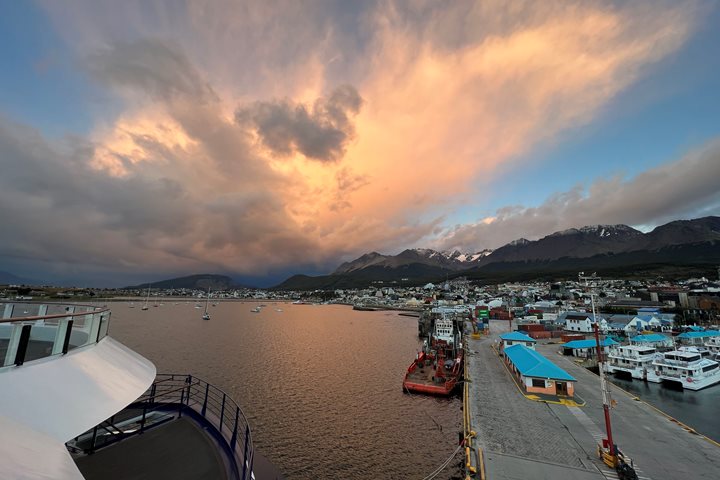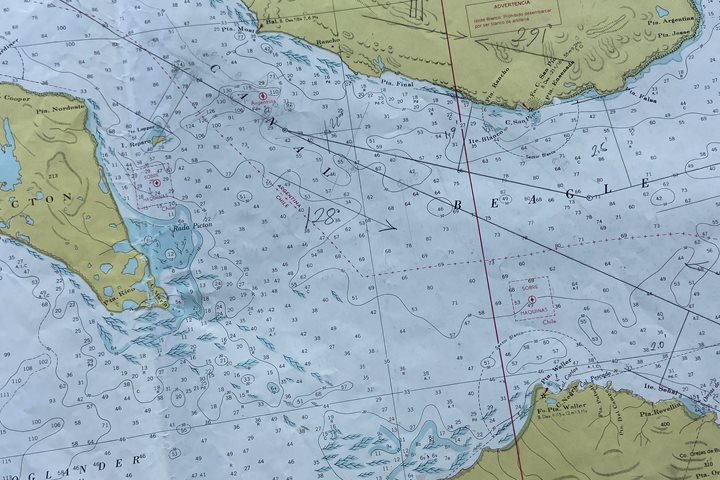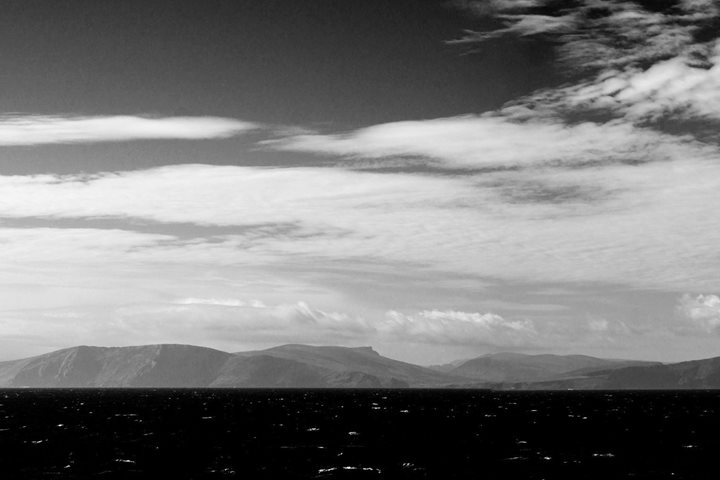We had a very calm Drake Passage crossing yesterday, so made excellent speed and crossed 60° south, the biological Antarctic boundary overnight. In the morning we sailed past our first glimpse of the ice-covered Antarctic landscape of Smith Island. We saw several humpback whales feeding on large swarms of krill as we made our way towards Deception Island.
Our first Antarctic landing was on Bailey Head on Deception Island, which is part of the South Shetland Islands. Deception Island is a horseshoe-shaped active volcanic island, and Bailey Head is on the outside edge with a very exposed beach. The weather gods were smiling on us today, as it is usually extremely difficult to land here due to large swells slamming onto the steep beach. But the winds were light and there was very little swell so our adventurous expedition leader, Lisa Kelly, decided to spend the afternoon ashore there.
Bailey Head has the largest chinstrap penguin colony in the Antarctic Peninsula. We could smell the colony long before we could see it. Once ashore, there were several Antarctic fur seals moving around the beach. We then hiked up along the edge of the penguin colony to see several thousand penguins walking up and down the steep hills to feed their large chicks one more meal. This colony is fairly infamous as it was featured several polar documentaries and it was exciting to actually be experiencing the abundance of wildlife ourselves.
After everyone was back on board, the National Geographic Explorer sailed into the flooded caldera of Port Foster. Captain Kruse expertly maneuvered the ship into Whaler’s Bay so we could see the remains of the old whaling station and research base destroyed in the last eruption.
The last event of this exciting day was the Captain’s Welcome Cocktail Party, which was followed by a delicious dinner.







